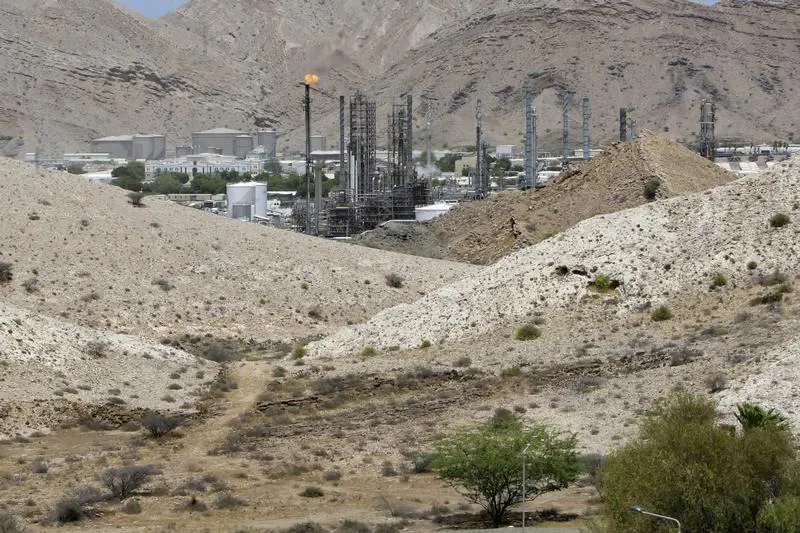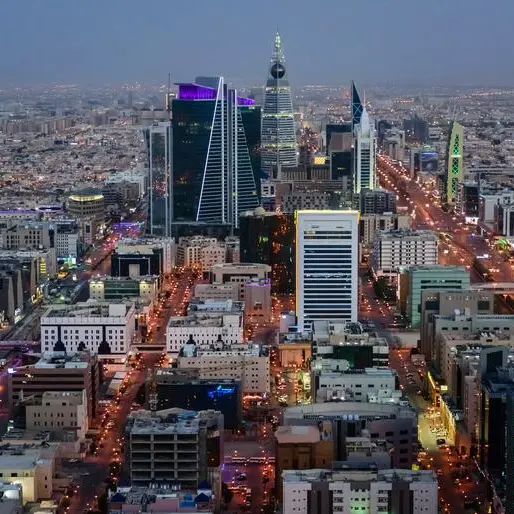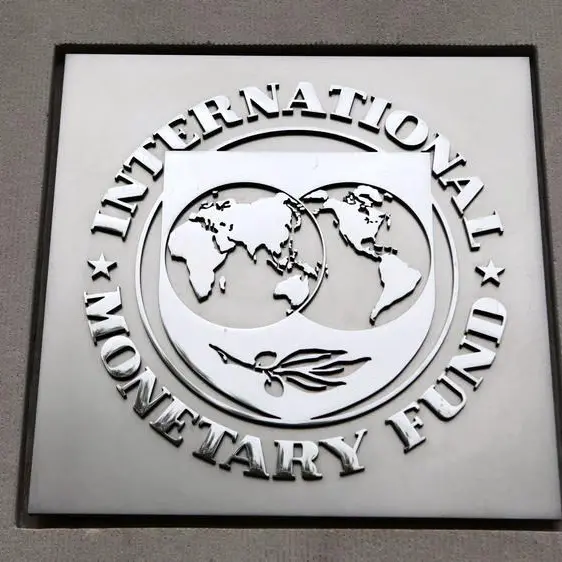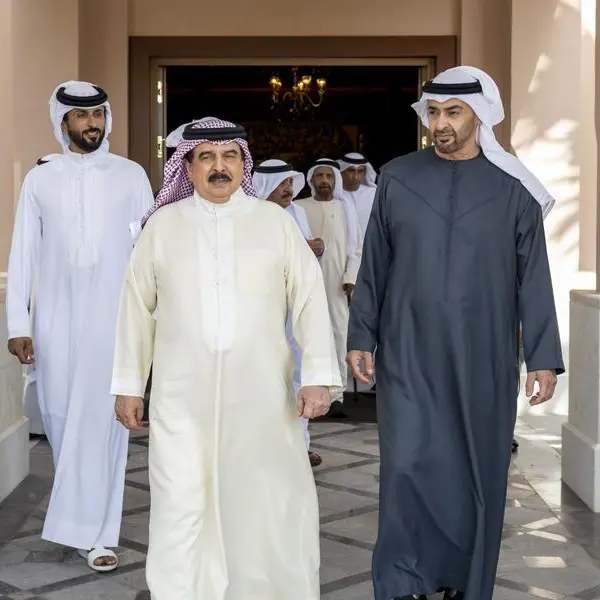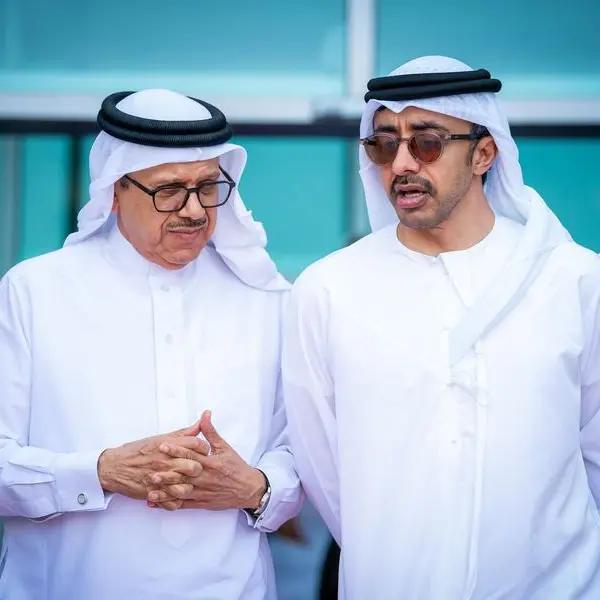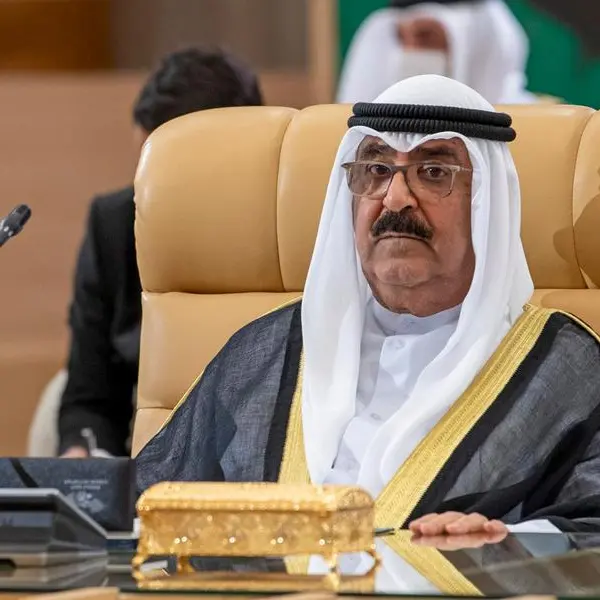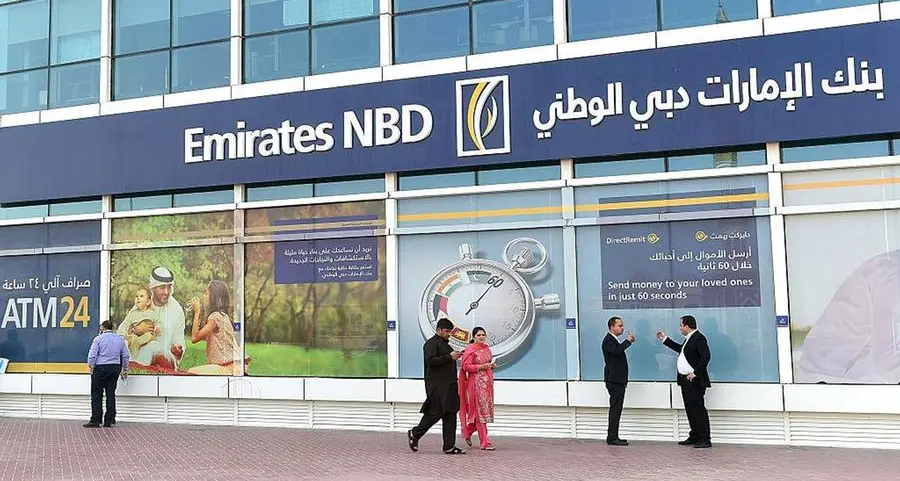PHOTO
Muscat: The Sultanate’s Gross Domestic Product (GDP) at current prices surged by a massive 12.3% in 2018, according to latest government data.
The rise pushed the GDP to OMR30.5 billion in 2018 from OMR27.1 billion in 2017, according to the new issue of the Economic Outlook of Oman.
This jump was underlined by a 36.7% rise in value addition in oil activities and 2.3% increase in non-oil sector value addition, the Outlook released by the National Centre for Statistics and Information (NCSI) said.
Apart from highlighting the economic performance of the Sultanate during 2018, the third and latest issue of the Economic Outlook of Oman, also reviews the regional and global economic developments.
The report also pointed out to the state budget, with the deficit in the Sultanate’s state budget reaching OMR2.6 billion, while the public revenues increased by 28.6% reaching OMR10.9 billion. The total public expenditure increased by 10.8%, reaching OMR13.6 billion.
The report stated that the domestic liquidity (M2) in Oman grow by 8.3% in 2018, reaching OMR17.4 billion, compared to OMR16.1 billion in 2017. This increase in 2018 was due to the increase in the quasi money 12.1% as a result of a noticeable increase in the deposits by foreign currencies, which rose by 81.4% in 2018, compared to the previous year.
The report showed that Muscat Securities Market index declined by 15.2% in 2018, reaching 4323.7 points, compared to the previous year. The Shariah Index also declined by 17.1% in 2018, compared to the previous year.
Foreign direct investment
The report of the Economic Outlook of Oman also pointed out that the volume of foreign direct investment in the Sultanate till the end of the fourth quarter of 2018 has reached OMR10.6 billion, compared to OMR9.2 billion in 2017, while the inflows volume of the foreign direct investment till the end of the fourth quarter of 2018 has reached OMR1.4 billion.
It showed that the tourism share in GDP has declined from 2.7% in 2017 to 2.6% in 2018, while direct value added of the tourism sector has increased by 6.8% in 2018, recording OMR788.6 million, compared to OMR738.4 million in 2017, and the tourism balance recorded a deficit of OMR276.1 million in 2018, up from the recorded deficit in 2017, which reached OMR4.7 million.
The inflation rate in the Sultanate base year 2012 was 0.9% in 2018, compared to 1.6% in 2017. This decline was mainly due to the drop in prices of the health sector, which recorded a decrease of 2.7%, the prices of food and non-alcoholic beverages group, which recorded a decrease of 0.7%, and the prices of clothing and footwear group, which declined by 0.6%, and the price of recreation and culture group decline by 0.3%, and the price of communications group, which recorded a decrease by 0.2%.
The volume of trade exchange in the Sultanate increased by 13.5% in 2018 compared to the previous year, to reach about OMR26.4 billion compared to OMR23.2 billion in 2017. This increase was mainly due to the rise in the value of merchandise exports by 26.9% compared.
Trade balance
The Sultanate’s trade balance in 2018 recorded a surplus of OMR5.70 billion, up by 178.5%, compared to the surplus recorded in the previous year of 2017. The surplus in trade balance was due to an increase in the value of merchandise exports from OMR12.7 billion in 2017 to OMR16.1 billion in 2018.
As for the manpower and employment market, the report showed that the total number of employed forces in the Sultanate in 2018 has reached 2.21 million persons, compared to 2.27 million worker in the previous year of 2017, recording a decline of 2.3%, while the worker of employed workers in the private and family sectors was 89.5%, compared to only 10.5% in the government sector.
Forecasts
The report’s forecasts stated that according to the Arab Monetary Fund, the Sultanate’s GDP growth at the constant prices is expected to reach about 3% during the 9th five-year plan (2016-2020), as a result of the country’s pursued policies that aimed to achieve economic diversification to support the five targeted sectors within the national program for enhancing the economic diversification, which is called (Tanfeedh).
The predicted growth of the Sultanate’s GDP was a result of its continued endeavours that aim to reduce the deficit in the state public budget and the efforts to curb the high levels of public debt and the procedures of boosting private sector investments.
Inflation projection
The report also stated that the Sultanate’s inflation rate will increase from 1.4% in 2019 to 1.9% in 2020.
According to the predictions of the International Monetary Fund (IMF), the global economy is expected to grow by 3.5% in 2020, with an expected a rise in the growth rate of the advanced economies by 1.7% in 2020, and about 4.7% growth in the economic activities of the emerging and under-developing economies in the year of 2020.
The global trade volume in goods and services is expected to grow by about 3.7% in 2020.
As for the expectations of the Organization of Petroleum Exporting Countries (OPEC), the total average of the global demand for crude oil in 2020 will reach 29.4 million barrels per day, and it is expected that the oil supply from non-OPEC countries in 2020 will reach 66.8 million barrels per day.
Tracking economy
This report of the Economic Outlook of Oman, which is being issued annually, is aimed at tracking the general economic situation in the Sultanate during a year by focusing on several topics and major indicators, such as the country’s gross domestic product (GDP), the public finance of the state, the monetary indicators, the inflation rate, and the country’s trade exchanges.
Transparency
This report also aims to identify the prospectus of the Omani economy objectively transparently and neutrally based on the available statistical data and information. It is also based on the most important international reports issued by the World Bank, the International Monetary Fund (IMF), the Arab Monetary Fund (AMF), the opinions of the international specialised experts and other global and regional organisations for monitoring the global economic conditions changes.
Global scenario
In terms of the regional and international economic situation, the global economy has recorded a growth of 3.6% in 2018, according to the estimates of IMF, while the developed economies recorded a growth rate of 2.2%, and the emerging and under-developed economies recorded a growth rate of 4.5%.
At the level of the Arab countries, the AMF report indicated that the rate of economic growth of the Arab countries at constant prices increased to about 2.5% in 2018, compared to 0.7% in 2017. Similarly, the economic growth rate of GCC countries increases by 1.4 % in the same year.
© Muscat Media Group Provided by SyndiGate Media Inc. (Syndigate.info).
